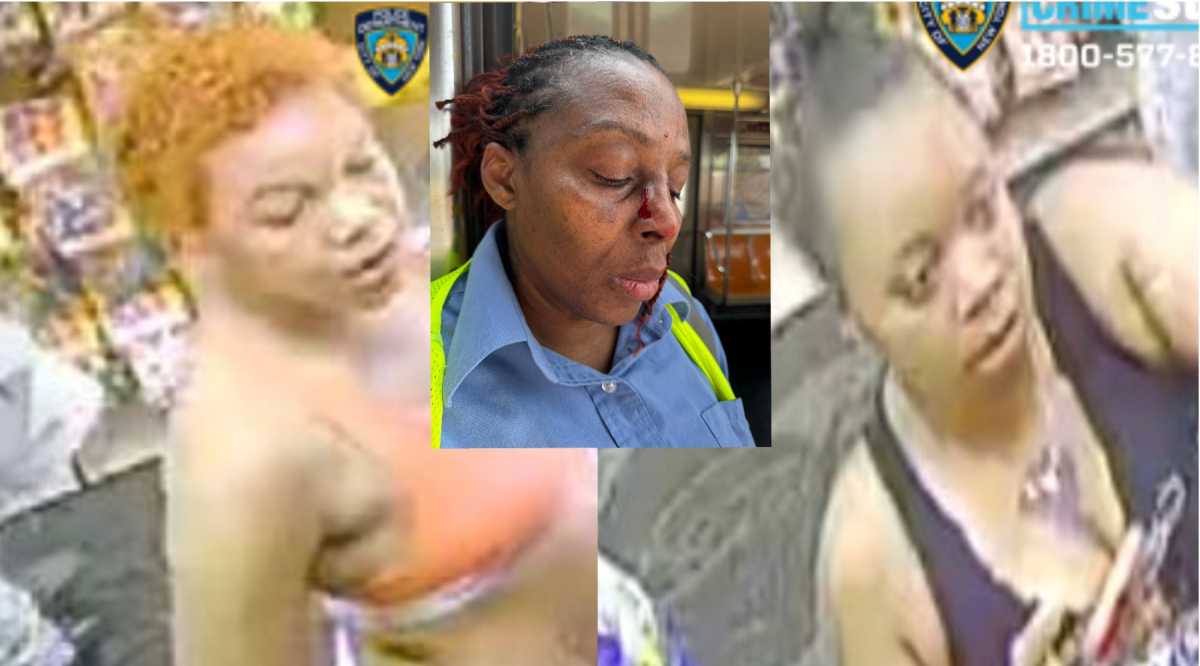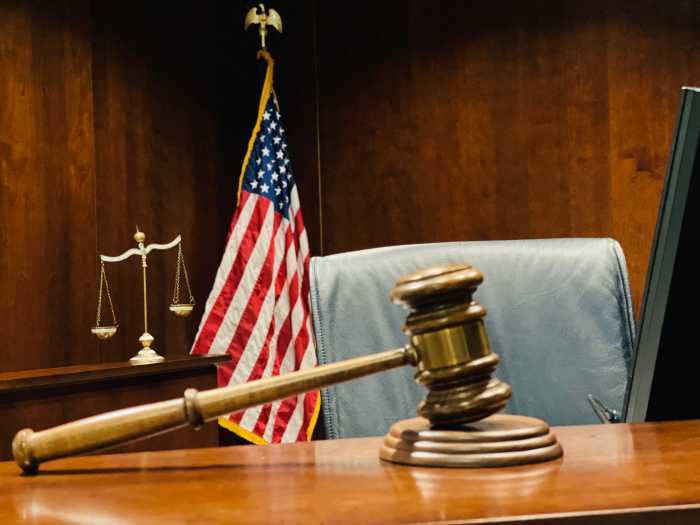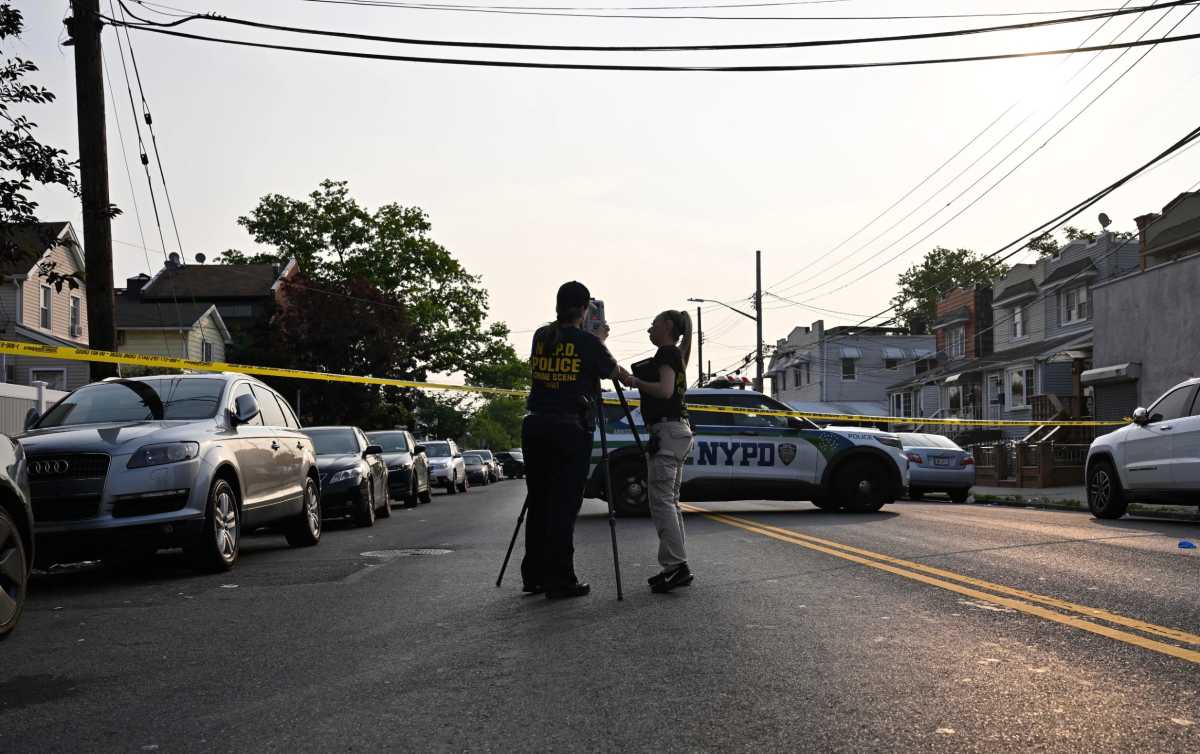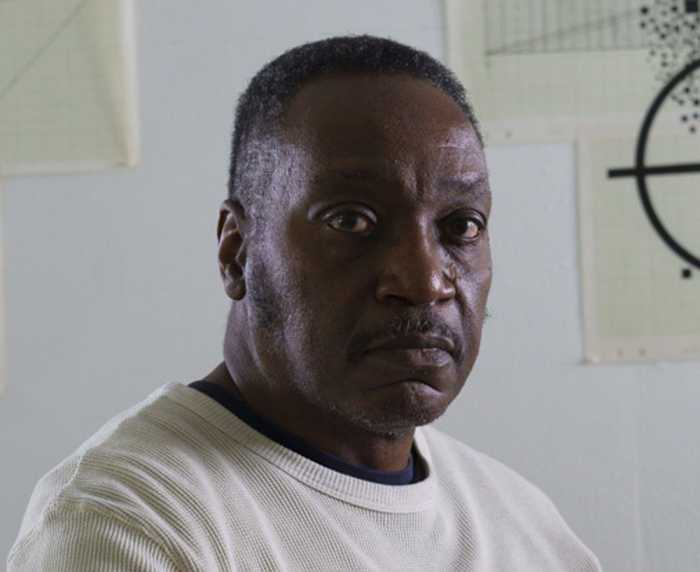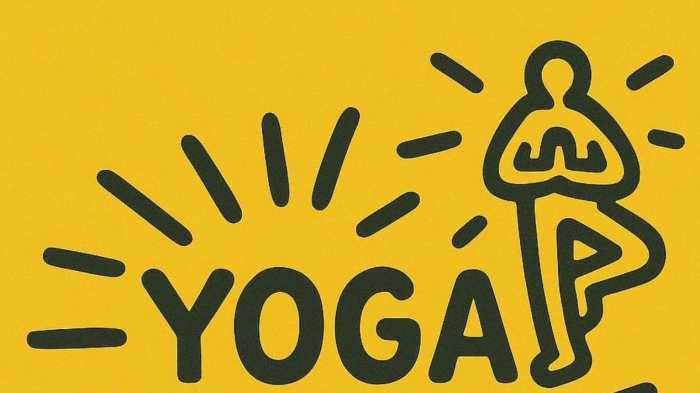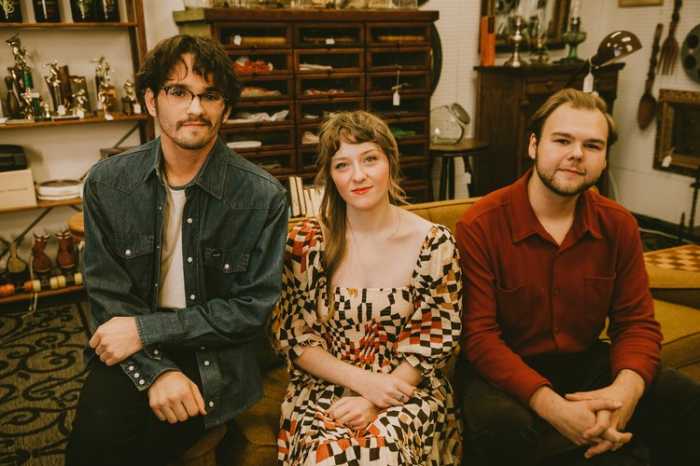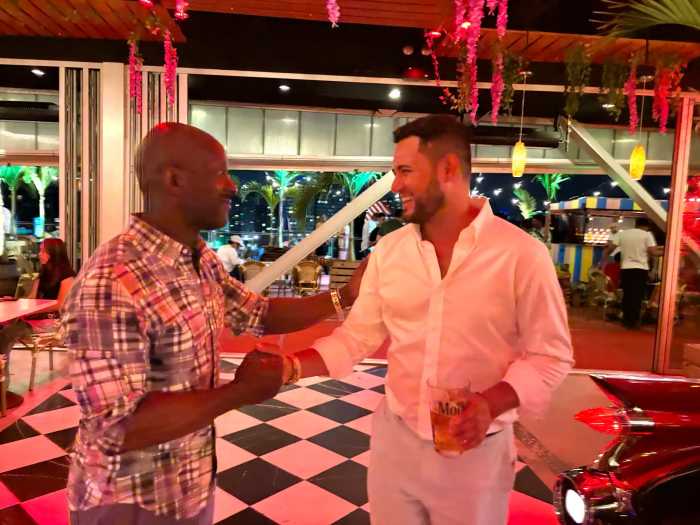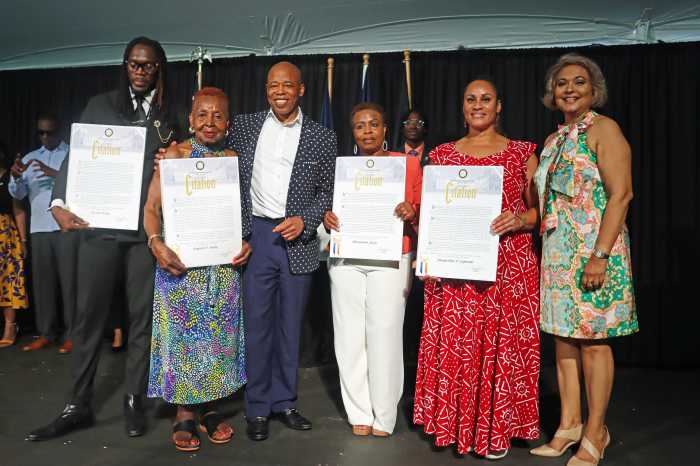An investigation into the illegal antics of a renegade Brooklyn South narcotics team known for falsifying arrests and pocketing drugs is still bearing fruit — two years after the group’s misdeeds were uncovered.
Prosecutors in both Brooklyn and Queens indicted Det. Adolph Osback, 38, with framing seven people for drug buys that never happened.
Osback was part of the Brooklyn South Narcotics team put under the microscope in 2008 when it was learned that Det. Sean Johnstone and Police Officer Julio Alvarez had “cooked the books” on drug seizures.
Their actions caused an internal NYPD shake up that sent the team of badge sporting cowboys to the four winds. Osback was transferred to a Queens narcotics unit as a result.
Osback’s also accused of training two narcotics cops charged with bulking up their arrest numbers through an illegal practice known as “flaking.”
Investigators claim Osback committed the same crime: the separate indictments allege that instead of conducting routine buy and busts, Osback would drop his “buy money” on the floor in drug-prone locations.
When an unsuspecting person would scoop up the money, Osback would arrest him for completing a drug buy, even though no narcotics were exchanged.
It’s believed Osback entrapped seven people in both Brooklyn and Queens this way, prosecutors said.
Osback pled not guilty to the charges during his arraignment last week. He’s currently out on bail.
The NYPD suspended Osback without pay in mid-November. His attorney, Damien M. Brown, said Osback would be vindicated.
“He is absolutely innocent,” Brown said.
Osback wasn’t the only alleged member of the notorious drug cop crew to appear before a judge last week.
Johnstone and Alvarez were also in Brooklyn Supreme Court as the trial stemming from the 2008 scandal began.
Both Johnstone and Alvarez are charged with falsifying business records and taking drugs seized in a Coney Island raid.
According to the complaint, the duo executed a search warrant on an alleged drug dealer’s home on Sept. 13, 2008, finding over two dozen bags of cocaine.
Later that day, Det. Johnstone was heard bragging that he and Alvarez had recovered 28 bags of cocaine, but only received a voucher for 17 of them. Johnstone wanted to use the rest of the cocaine to pay off informers, investigators alleged.
His would-be confession was completely accidental: he didn’t know that a wire he was wearing was still recording when he told another officer what he had done.
Since their arrest two years ago, Johnstone and Alvarez’s actions have led to the dismissal of 270 criminal cases handled by their narcotics team and to civil suit payouts of more $150,000 to drug suspects who claimed they were wrongly arrested.
Johnstone and Alverez’s criminal trial continues this week.
‘Toothache’ leads to legal headache
This piece of art was so good, it was criminal: a rare painting by impressionist master Edgar Degas created more than 125 years ago ended up in Brooklyn Federal Court last week during its journey back to the French museum it was stolen from in the 1970s.
Investigators from the United States Immigration and Customs Enforcement unit found the stolen artwork last month when it came up for auction at the famed Sotheby’s Auction House in Manhattan.
After some legal wrangling, Brooklyn federal prosecutors hammered out a settlement agreement with the French government on Dec. 2 so the painting could be returned to its home, U.S. Attorney for the Eastern District Loretta Lynch said last week.
Degas,— best known for immortalizing ballerinas on canvas — created “Blanchisseuses souffrant des dent” (“Laundry women with toothache”) between 1870 and 1872.
It was on loan to the Malraux Museum in Le Havre in Normandy, France when it was stolen on Dec. 27, 1973.
The national treasure of France was missing for 37 years before it showed up inside Sotheby’s Impressionist and Modern Art Day Sale catalogue on Nov. 3.
When they were told that the painting may have been stolen, Sotheby’s agreed to pull the painting from the auction and hand it over to investigators, who found the Louvre Museum’s — the original museum to showcase it — registration markings on the back of the artwork.
Ronald Grelsamer, the current owner of the painting, told authorities that his father had given him the painting and had no idea it had been stolen.
If it went to auction, it would have netted from $350,000 to $450,000, officials estimate.



